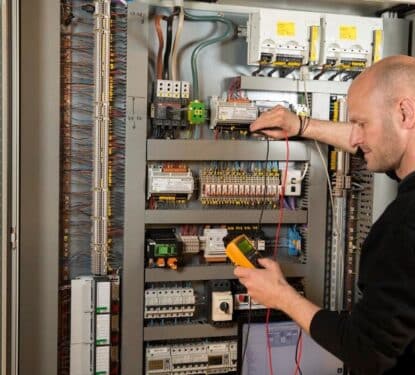“The reason [why great companies sometimes fail] is that good management itself was the root cause. Managers played the game the way it’s supposed to be played. The very decision-making and resource allocation processes that are key to the success of established companies are the very processes that reject disruptive technologies.”
So says one of the most important books chronicling how innovation takes place; The Innovator’s Dilemma, by Harvard professor and businessman Clayton Christensen.
By developing and sticking to the actions that brought them greatness, successful corporations become unable to innovate. In fact, disruption itself represents a threat to their traditional model. For a corporation to accept a disruptive innovation they must first accept that what they currently do is wrong, or that it could be done better. This goes against everything they have told their customers, their employees and themselves.
“Successful companies want their resources to be focused on activities that address customers’ needs, that promise higher profits, that are technologically feasible, and that help them play in substantial markets,”
Christensen continues: “Yet, to expect the processes that accomplish those things also to do something like nurturing disruptive technologies – to focus resources on proposals that customers reject, that offer lower profit, that underperform existing technologies and can only be sold in insignificant markets– is akin to flapping one’s arms with wings strapped to them in an attempt to fly.”
This dilemma is true of many industries, not least the smart building sector, where corporations proclaim their leading position by numbers, despite most of the new ideas coming from startup companies. It seems that success makes us blind to transformation, even if it is happening right in front of our noses.
Almost 40 years ago, MIT management professor Edward H. Bowman wrote, “incumbent market leaders with the most to lose are the least likely to change. Having market leadership, stable profits, a dominant brand is the biggest drag on moving, on shifting key,” in his paper A Risk/Return Paradox for Strategic Management.
There is a solution to this dilemma, however. Rather than pouring their huge resource pools into internal research and development departments, whose hands are tied by their own success. Corporations are supporting the very start-ups that hold the ability to disrupt their market and potentially make their established products obsolete. They are nurturing the competition, and in doing so, they are fostering innovation in the sector.
In the last 10 years we have experienced an outburst of corporate venture funding programs, now numbering over 1,300. In fact, corporate venture capital is now involved in a quarter of all venture deals. “Fortune 2000 companies are invested as never before in the risky game of monetizing ideas,” according to Bryan Pearce, Global Leader, Entrepreneur and Venture Capital, at Ernst and Young.
In the smart building space, as much as 80% of companies formed since 2008 have received funding from venture capital or private equity, according to our new report - StartUps and their Impact on Smart Buildings 2017. Demonstrating that tech-related corporations are both aware of their own limitations and believing in the potential for disruptive innovation in the smart building sector.

Our report, highlights the diversity and range of emerging players in the marketplace, gathering nine years of information from more than 250 companies. Scope of the research included startups from the building internet of things (BIoT), enterprise energy management, property management and physical security, as well as smart building to smart grid applications.
“Smart building start-ups have attracted a total of $3,927 million since 2008, with the highest level of funding achieved in 2016, showing increased confidence by investors in the sector and indicating the positive response companies are receiving for their products and services in the market,” the report reads.
Memoori’s tracking of venture capital funding in the smart building sector demonstrates the importance of corporate investors in the development of technologies and applications. Corporate investors have been involved in more than 30% of the 520 funding rounds between 2008 and 2016, according to the research.
It seems that the smart building sector is rife for further disruption. In the last decade, a multitude of venture-backed start-up companies have focused their energy on commercial and industrial buildings.Their innovative smart technologies not only reduce energy consumption, but also enhance facility management efficiency and real estate operations.
Furthermore, the Internet of Things (IoT) has now begun to have a profound influence on the smart building competitive landscape; software platforms, advanced sensors and networking solutions enable a new range of data-driven solutions for buildings.
This paradox of innovation means that for a disruptive idea, like an AirBnb, Uber or a Google to emerge, it must grow naturally. A small team of mavericks with nothing to lose; working experimentally for long hours in a small office; with a relentless focus on solving consumer problems and no thought of orthodoxy. The startup may be where ideas are born, but to give them the best chance in life they must be both supported and left to find their own way.
In order for a start-up to grow into an economic force, it must transition from an invention into an executed reality. The skills and processes that can work against creativity are also necessary for its wide-scale adoption. As Pearce states, “today’s heresy will only become tomorrow’s orthodoxy when innovation gets plugged back into the mainstream.”
[contact-form-7 id="3204" title="memoori-newsletter"]



